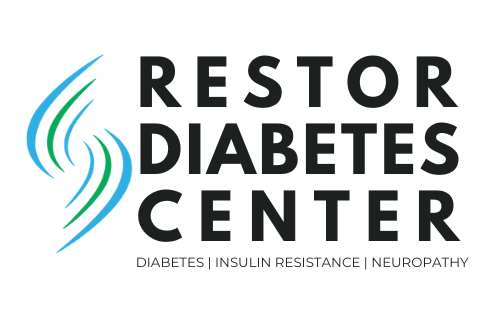Ever wondered what the hype is around whole grains?
First, let’s talk about the grain kernel and each layer’s nutrients and vitamins!
Grain products are made from grain kernels. The grain kernel contains three layers: bran, endosperm, and germ. The bran is the outer layer of the kernel that contains insoluble fiber, B vitamins, trace minerals, and a small amount of protein. The endosperm is the middle layer of the kernel and contains protein, carbohydrates, and small amounts of B vitamins, iron, and soluble fiber. Lastly, the germ is the inner part of the kernel and contains trace minerals, unsaturated fats, B vitamins, antioxidants, phytochemicals, and high-quality protein. All layers contain vital nutrients; however, some layers are removed when the grain kernel becomes processed, and nutrients are lost.
Second, let’s talk about the different types of grains we eat! The three grains that we will discuss are refined grains, enriched grains, and whole grains.
Refined Grains: Refined grains consist of only the endosperm layer or the middle layer. Both the bran and germ have been removed through the processing phase. When the grain is processed, fiber and several other nutrients are removed, and the grain is now more shelf-stable. Refined grains consist of white flour, white rice, and white bread. Other processed items like cereal, crackers, desserts, pastries, and pasta are made with refined grains.
Enriched Grains: As discussed above, several nutrients are lost when grains are processed. The word “enriched” means that the nutrients that were lost during the processing phase are replaced or added back. Most enriched items have the B vitamins replaced. The word “fortified” means nutrients are added that are not naturally occurring in the food. Most enriched grains are fortified with folic acid and iron. When buying refined grains, look to see if the grain has been enriched or fortified and opt for those grains.
Whole Grains: Whole grains are considered a complex carbohydrate, which means that the scientific molecule is complex and long. The complex molecule will prolong digestion and help people feel fuller longer. Whole grains should be present in whole form or ground into flour containing all three kernel parts. Since whole grain items contain fiber, they will help slow digestion, aid in bowel regularity, and help people feel full longer. Examples of whole-grain items consist of brown rice, oatmeal, barley, whole wheat bread, pasta, or crackers.
In summary, whole grains provide added nutrients compared to refined grains, aid with satiety, promote bowel regularity, and won’t cause spikes in blood glucose molecules due to the complexity of the molecule.
When buying whole-grain products, the food label can sometimes be misleading. The advertisement of “Made with Whole Grain” does not necessarily mean the item is made with
whole grains. The item could contain <30% whole grain and say “Made with Whole Grain.”
Multi-grain means that the product is made from several grains that are typically refined grains, not whole grains. Look for items that say 100% whole grain.
You may have to look at the ingredient list to see if the item is considered a whole grain. If the first ingredient has the word “whole” in front of it, it is likely a whole grain. For example, look for whole wheat, whole cornmeal, whole rye, etc.
Wheat bread is typically made with wheat flour that doesn’t contain all three parts of the wheat kernel. Look for whole wheat bread or whole grain bread instead!
Look for the whole grain stamp on food items to see if it contains 100% whole grain!
When consuming grain items during the day, try to make half of the whole grain items!
Tips for adding more whole grains into your diet:
· Try whole grain cereals at breakfast or shredded wheat and oatmeal
· Try whole-wheat toast/bread at breakfast or whole-grain bagels rather than plain bagels.
· If making sandwiches, try whole-grain bread. For flour tortillas, look for whole-wheat versions.
· Swap white rice for brown rice, quinoa, or wild rice.


